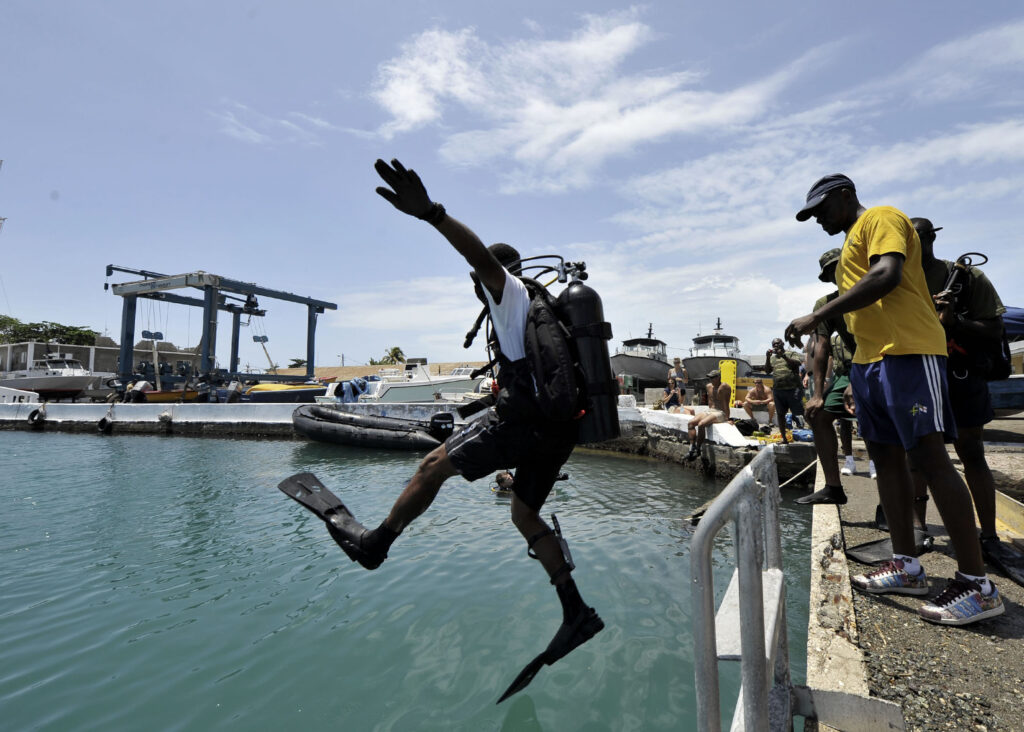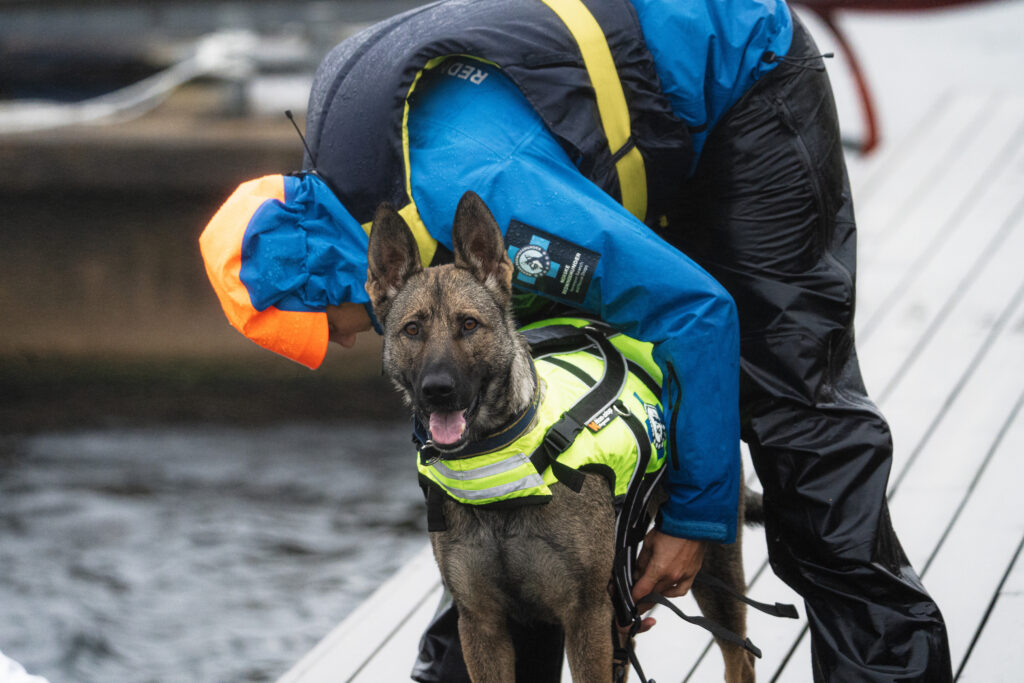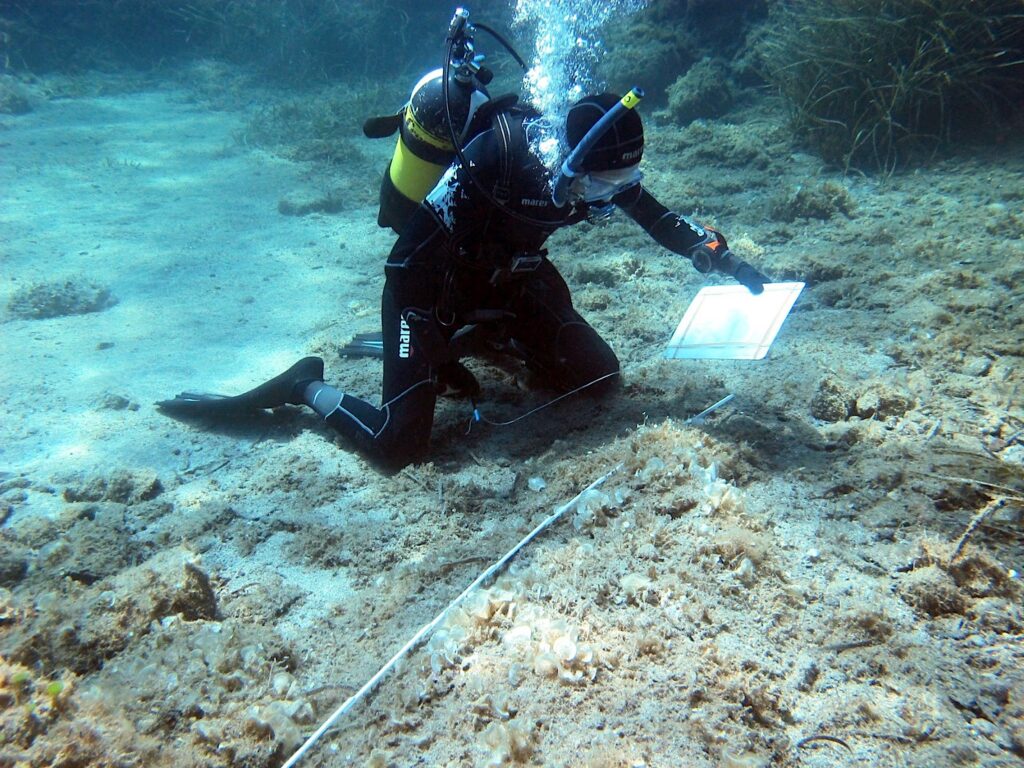On the Quandaries of Aquatic Forensics

This article was originally published at The Conversation and has been republished under Creative Commons.
WHILE THE ICONIC “crime scene—do not cross” tape may be a familiar sight on land, it’s a different story when it comes to water.
With no way to tape off an entire lake or a slice of the vast expanse of the ocean, investigations in, under, or beside the water present a unique challenge. This work is not just due to suspicious criminal activity, but also search and recovery operations or accidents.
With the human body not equipped to survive in water, many fatalities are recorded every year as a consequence of natural death or suspected murder. Bodies can be found not only in the ocean, but also in lakes, rivers, wells, swimming pools, and cisterns.
Sometimes the scenario is more complex, such as a 2021 case when a body was discovered concealed in a wheeled bin at the bottom of a dam, or when the severed foot of fraudster Melissa Caddick was found in a shoe washed up on a beach.
Investigators called to such scenes must rely on specialized techniques and technology to gather evidence and piece together what happened. Sometimes they are supported by experts in the niche and multidisciplinary field of “aquatic forensics,” such as our research team.
The sheer size of a body of water can make it difficult to know where to start, but there are always four main questions to drive the investigators’ work. Who are the victims? How did they die? When did the death occur? And where did it happen?
FINDING THE BODY
Sometimes the first issue is finding the deceased person. Depending on the body of water and the circumstances surrounding the case, teams of divers can be dispatched to conduct a search.
Since investigators and pathologists usually do not experience the actual scene and will see the victim only when retrieved, underwater images and memories provided by divers become essential.
However, the safety of the divers always comes first. Divers can operate only for a certain period in an underwater scenario. This is determined by factors such as depth, water temperature, currents, and waves that affect the divers’ breathing rate and air consumption from the tank.
Narrowing the search area is a pivotal first step. Specially trained dogs can detect the scent of submerged human remains from the surface, if the water is not too deep. Technology can help, too—satellites and oceanographic data can help locate floating objects, and sonar can scan the water to detect any objects at the bottom, including a body.
Divers can then take what’s known as a visual record of the scene directly, or they can use remotely operated vehicles equipped with cameras. It is also important to use a reference photo scale—in the water objects appear up to 25 percent closer and 33 percent larger than their real size.
Despite the best efforts, depth, distance from the target, and clarity of the water can affect the quality of the images. Some underwater areas have zero visibility, making the investigation more challenging and potentially unsafe.
IDENTIFYING AND RETRIEVING THE BODY
Sometimes, identifying the victim is straightforward, for example, in cases with witnesses present. However, bodies can be unrecognizable after a time spent underwater. Being submerged causes several changes due to temperature, currents, and interactions with animals and obstacles.
For example, cold and wet environments like the ocean cause fat tissue to turn into a waxy substance (adipocere) in less than 40 days. Limb loss is also common—investigators might have to identify a body based only on some parts. If a body loses a foot, it may be found floating thanks to the buoyancy offered by shoes.
As with cases on dry ground, clothing and personal items such as wallets and jewelry can assist the identification process. To avoid losing personal items during recovery, amphibious body bags have been developed. They allow body collection directly from the water, retaining associated objects but allowing the water to drain away.
DROWNED OR ALREADY DEAD?
One of the main questions is whether the death happened in the water or elsewhere, with the body dumped afterward. There are an estimated 236,000 annual drowning deaths worldwide.
Investigators can also be called upon a body found at sea after months gone missing or for remains washed up on a beach.
Drowning is one of the most difficult diagnoses in forensic pathology. It is based on a few scattered findings, such as frothy fluid in the airways, lung damage, and fluid in the upper gastrointestinal tract.
Another tool is the diatom test. It compares microscopic algae found in the tissues of the body with the one present in the water where the body was recovered. For highly decomposed bodies, new molecular, artificial intelligence, and “virtopsy” (virtual autopsy) technologies are fast developing.
Sometimes drowning is the mechanism of death, but there may have been other underlying causes such as a cramp, a heart attack, drugs, or an accident of some sort. It takes careful interpretation to discern these.
OLD TOOLS AND NEW TECHNOLOGIES ARE HELPING
Photogrammetric surveys developed to map submerged archaeological sites, and underwater drones equipped with multiple sensors, special lights, and acoustic imaging technologies to locate submerged targets, can help create a 3D image of the underwater area. This helps to distinguish large items, such as shipwrecks and vehicles, bodies or bones, and pieces of clothing.
After retrieval, macro and microorganisms can provide information on the provenance, the causes of death, and the submersion time.
Unlike the standardized methods on dry land, procedures in underwater criminal scenarios are still being developed. Forensic scientists are also borrowing the knowledge, techniques, and tools from other fields, such as underwater archaeology and marine biology—but without the crime scene tape.

































